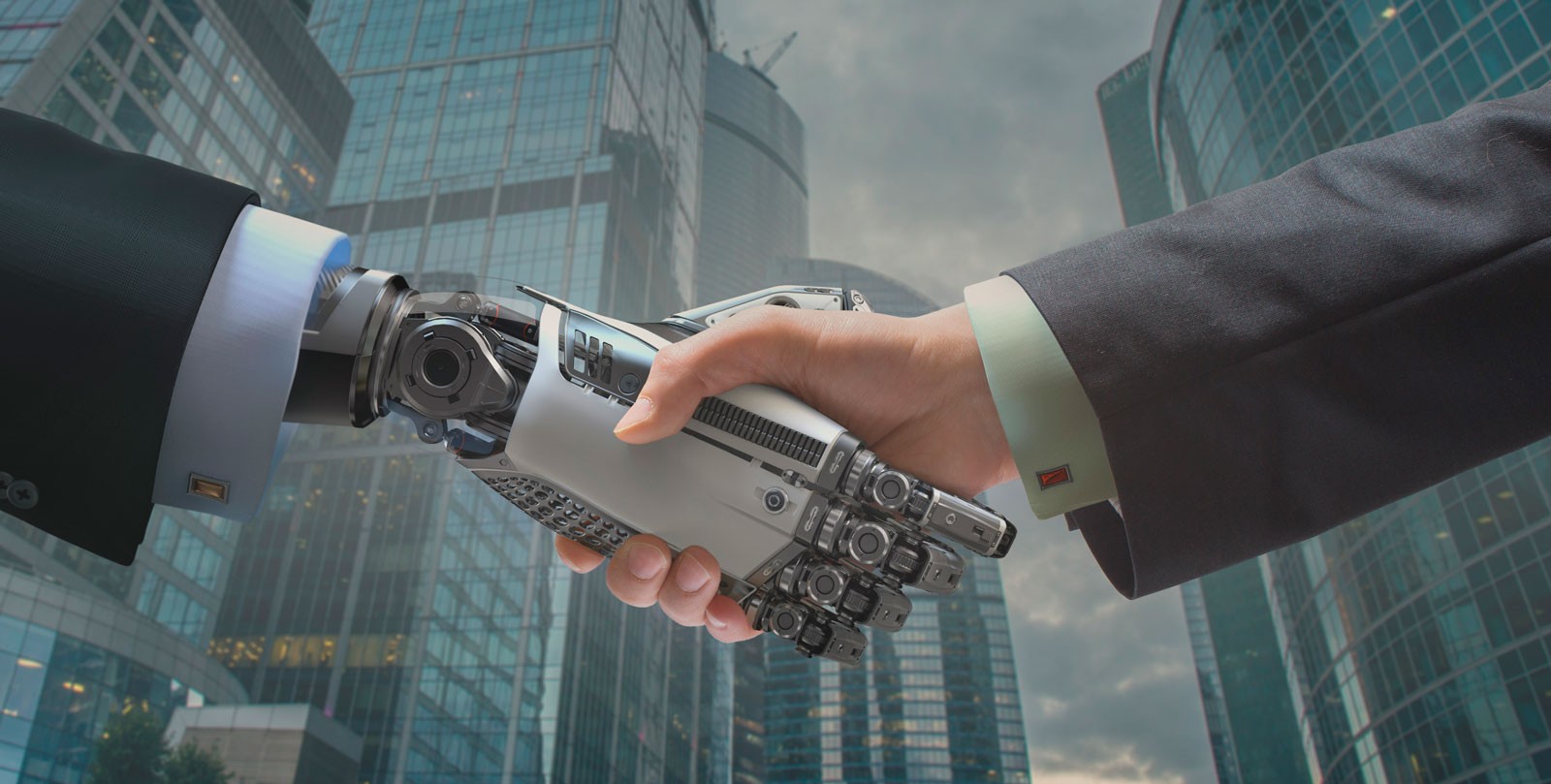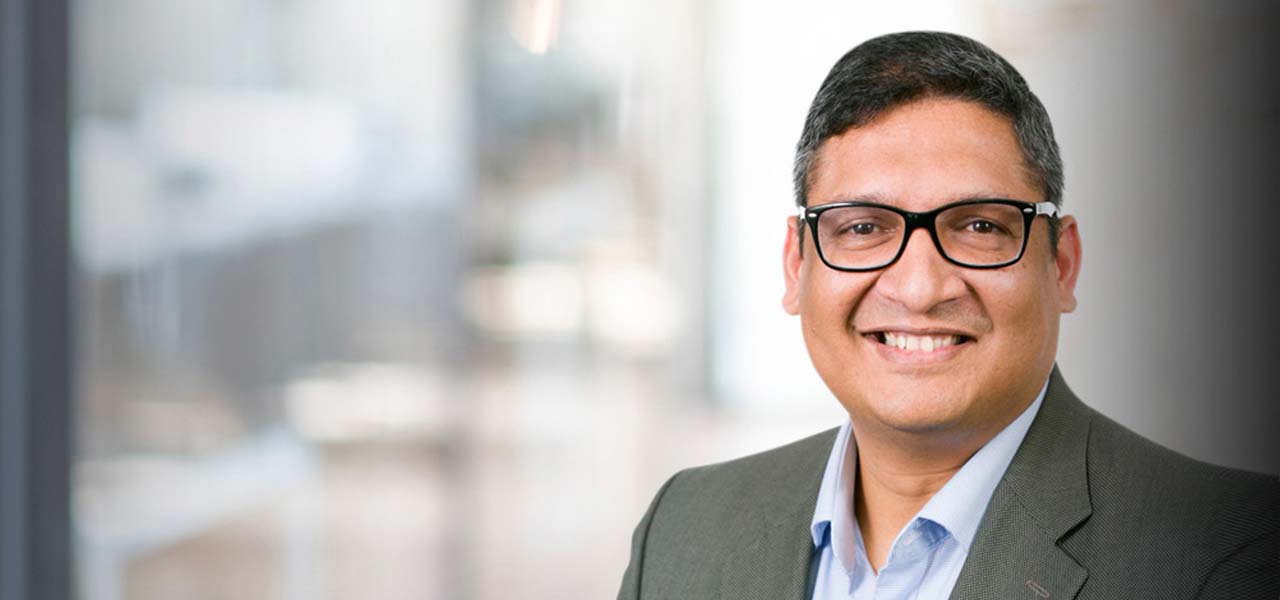[Featured Image: (L-R) Dr Sonny Rosenthal, Associate Professor of Sustainability Communication at SMU’s College of Integrative Studies; Ms Elke Kornalijnslijper, Head of Sustainability Consulting for Asia Pacific at JLL; Ms Esther An, Chief Sustainability Officer at City Developments Limited; and Mr Nilesh Jadhav, Head of Energy Performance and Sustainability at Siemens]
What will our cities look like in 2050—congested and polluted, or green and resilient? Today, more than four billion people, or over half of the global population, call cities home. By 2050, that number is expected to reach nearly seven billion.
Rapid urbanisation, brings sustainability challenges—from pollution to inefficient resource management.
As cities continue to expand, how do we manage population growth, while ensuring a greener built environment?
Addressing this question requires not only innovative solutions, but also the participation of stakeholders across spheres, from policymakers, businesses, to communities.
In a panel discussion organised by SMU’s Master of Sustainability programme on 27 March 2025, strategic communication that engages stakeholders was highlighted as the key to creating actionable change.
The panel featured experts from diverse industries, each offering a unique perspective: Ms Elke Kornalijnslijper, Head of Sustainability Consulting for Asia Pacific at JLL; Ms Esther An, Chief Sustainability Officer at City Developments Limited (CDL); and Mr Nilesh Jadhav, Head of Energy Performance and Sustainability at Siemens. The session was moderated by Dr Sonny Rosenthal, Associate Professor of Sustainability Communication at SMU’s College of Integrative Studies.
Policy and reporting as a communication tool
Despite occupying only three per cent of the Earth’s landmass, cities account for over 60 per cent of energy consumption and global greenhouse gas emissions. Of these emissions, 37 per cent comes from construction and building.
“The real estate sector is in a position to drive change, but how do we communicate the significance of sustainability both internally and externally?” asked Esther.
The major impetus for sustainable changes within organisations lies in regulation. The global push for net zero emissions by 2050 has prompted governments to implement policies, standards, and certifications that incentivise organisations to be sustainable.
The Green Mark Incentive Schemes by Singapore’s Building and Construction Authority, for example, rewards building owners and developers when their infrastructures—old and new—are deemed energy-efficient.
One standard of measurement is sustainability reporting, which serves as a transparent disclosure of an organisation’s progress towards achieving its sustainability goals.
“Sustainability reporting is like a medical check-up. It’s time-consuming, but it keeps us on track and helps us identify gaps in our decarbonisation plan,” said Esther, who published Singapore’s first-ever corporate sustainability report in 2008.
“These reports are important benchmarks indicating how sustainable we are to both regulators and investors.”

The four I’s of sustainability
Esther also outlined the four I’s of sustainability, in which strategic communication plays a key role: integration, innovation, investment, and impact.
Integration involves incorporating environmental, social, and governance (ESG) factors in every business aspect and ensuring everyone—from senior management to the rank and file—stays aligned. Building a sustainability-first corporate culture requires conveying a strong ideal that is shared across the organisation.
This then results in the development of innovative solutions that leverages technology. As an example, Nilesh described Siemens’ use of a digital tool that allows all parties in the supply chain to evaluate a product’s carbon footprint and reduce Scope 3 (indirect) emissions.
Innovation, however, requires investment. Communicating a sustainability approach to bankers and investors for fundraising becomes especially crucial, according to Esther, who shared how CDL has secured more than S$9 billion worth of sustainable finance since launching its first green bond in 2017.
The final pillar in the framework looks at impact: how an organisation’s sustainable efforts translate to measurable outcomes. This requires organisations to set targets, assess them, and disclose their results to discern the real-world impact of its sustainability initiatives.
“We did a study which found that 90 per cent of our products lead to sustainable outcomes for our customers,” added Nilesh. “We take great pride in this research-backed outcome as it reflects positively on Siemens.”
Emphasis on value creation
To further drive change, the benefit sustainability brings to stakeholders and communities must be visible to everyone. According to Elke, it is easy to design new buildings in line with current green standards—the challenge lies in retrofitting old ones.
“The problem is that the one who funds the building upgrades is not necessarily the one who directly benefits from them,” she elaborated.
With energy-efficient buildings, tenants save on energy costs, cities benefit from improved resilience, and companies gain more attractive office spaces. However, the financial returns of green buildings to investors and building owners take a longer time to accrue.
“Hence, we need to impress on owners and investors the value of retrofitting old buildings to make them more sustainable.” Elke opined.
Fostering an ecosystem of change
All panellists agreed that championing urban sustainability requires commitment from both internal stakeholders and external stakeholders, including the general public. To gain everyone’s buy-in and create a collective action, they stressed the importance of strategic communication.
“Regulations are very important in influencing change and keeping people engaged in sustainability,” explained Nilesh. “But communication is all about staying top of mind. The way we communicate [about sustainability] must be continuous and intentional.”
Education and community engagement thus serve as critical communication touchpoints to generate interest in sustainability across the value chain, added Esther, suggesting social media as a powerful communication tool.
The panel discussion underscored the relevance of communication strategies in accelerating the sustainability agenda in cities. Sonny concluded, “If we recognise what's at stake with the future of environment and humanity, there will be increased willingness to engage in these green activities.”
The panel discussion is one of the many events hosted under SMU’s Master of Sustainability, an interdisciplinary programme that prepares students for thriving careers in the green economy. Find out more about the programme here.





